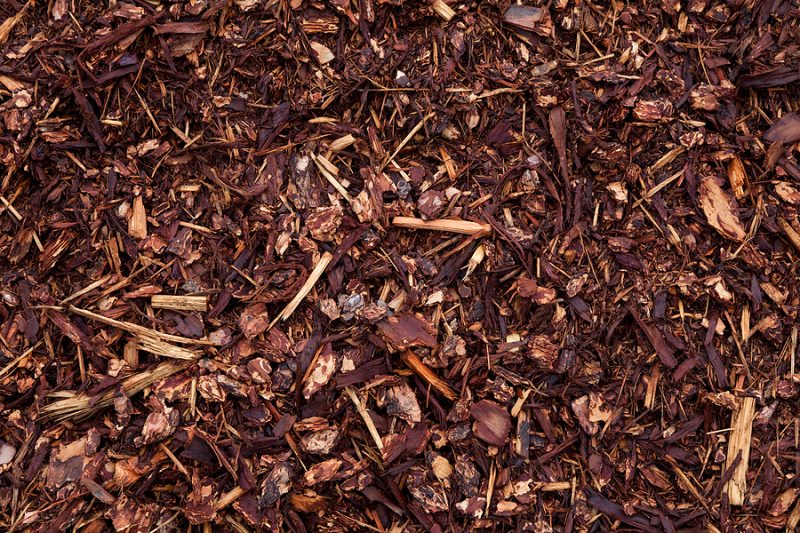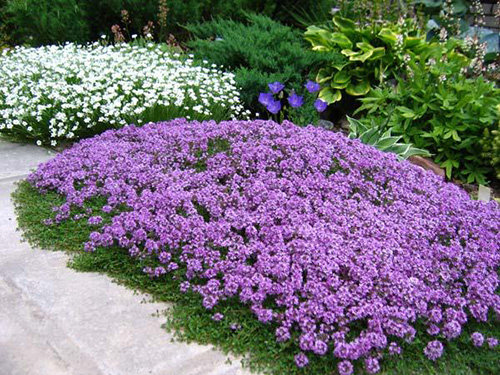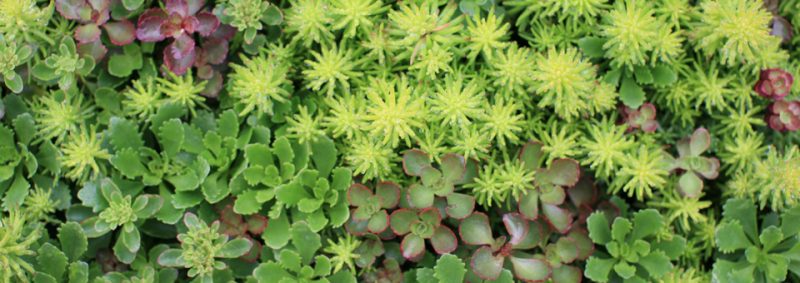Best Mulch For Your Garden

Organic Mulch
Want the Best Mulch For Your Garden? Call Jim’s Mowing on 0800 454 654 or book online now!
Once you have planted a garden, it’s a must to keep the plants and soil healthy and protected perhaps with a layer of straw or other mulch.
Mulch, if properly selected and correctly applied, provides many benefits. It promotes plant growth and at the same time controls the growth of weeds. It reduces evaporation, thus saving you time and effort that would have been needed for frequent watering. It protects soil structure from effects such as compacting due to rainfall. It stabilises soil temperature since it can keep the ground cooler in summer and warmer in winter. With a little creativity, you can also enhance the appearance of your garden beds and make them even more interesting with different colours and textures of mulches.
3 General Types of Mulch According to Material
Organic mulches are those that are made from organic materials like hay or straw (lucerne hay, pea straw, stable straw), lawn clippings, fallen leaves, wood chips and barks (eucalyptus, pine), sawdust, and damp newspapers.

Inorganic Mulch
SPECIFIC USES:
Lucerne and pea straw are best suited for gardens that need regular maintenance such as vegetable patches. They break down more quickly than any other organic mulch and are very rich in nitrogen for plant growth.
Eucalyptus and pine barks or chips (including sawdust) are the best picks for shrubs and trees. Just make sure they are totally dead before use. Putting fresh sawdust and wood barks around plants can result in nitrogen deficiency because fresh mulch needs nitrogen from the soil to decompose.
To use damp newspapers as mulch, layer them 76.2mm thick and cover with any organic material like leaves or grass clippings.
Inorganic mulches include non-living materials such as pebbles, crushed rocks, gravel and sand.
SPECIFIC USES:
Use of these mulches is beneficial in areas where bush-fires commonly occur. They’re also great for protecting the plant roots in very hot climate areas. Decorative pebbles and crushed terracotta or scoria are especially great for making your garden beds beautiful while permitting moisture to get into the soil.

Living Mulch
If you have a cactus plant or other succulents in your garden, these are a good choice.
Living mulches are any low-growing plants or ground cover plants. This may include Melaleuca hypericifolia in prostrate form (like Ulladulla Beacon or Prostrate Honey Myrtle), Viola hederacae and Brachyscome.
SPECIFIC USES:
This type of mulch is highly beneficial if your garden is on a bank or steep slope area because those plants are perfect for holding the ground, and thus would prevent soil erosion, most especially the M.hypericifolia. Like the other types of mulches, the living mulches also suppress weed growth and insulate soil surface.

Living Mulch
Certainly, there are countless reasons why you should use mulch in your garden. To ensure you create the best mulch, it is important to determine your particular reasons for applying mulch. What is your end goal for using mulch? Once you are aware of what you want to achieve for your garden, you’ll be ready to choose and create the best-suited mulch.
Call Jim’s Mowing on 0800 454 654 or book online now and get the Best Mulch For Your Garden!


